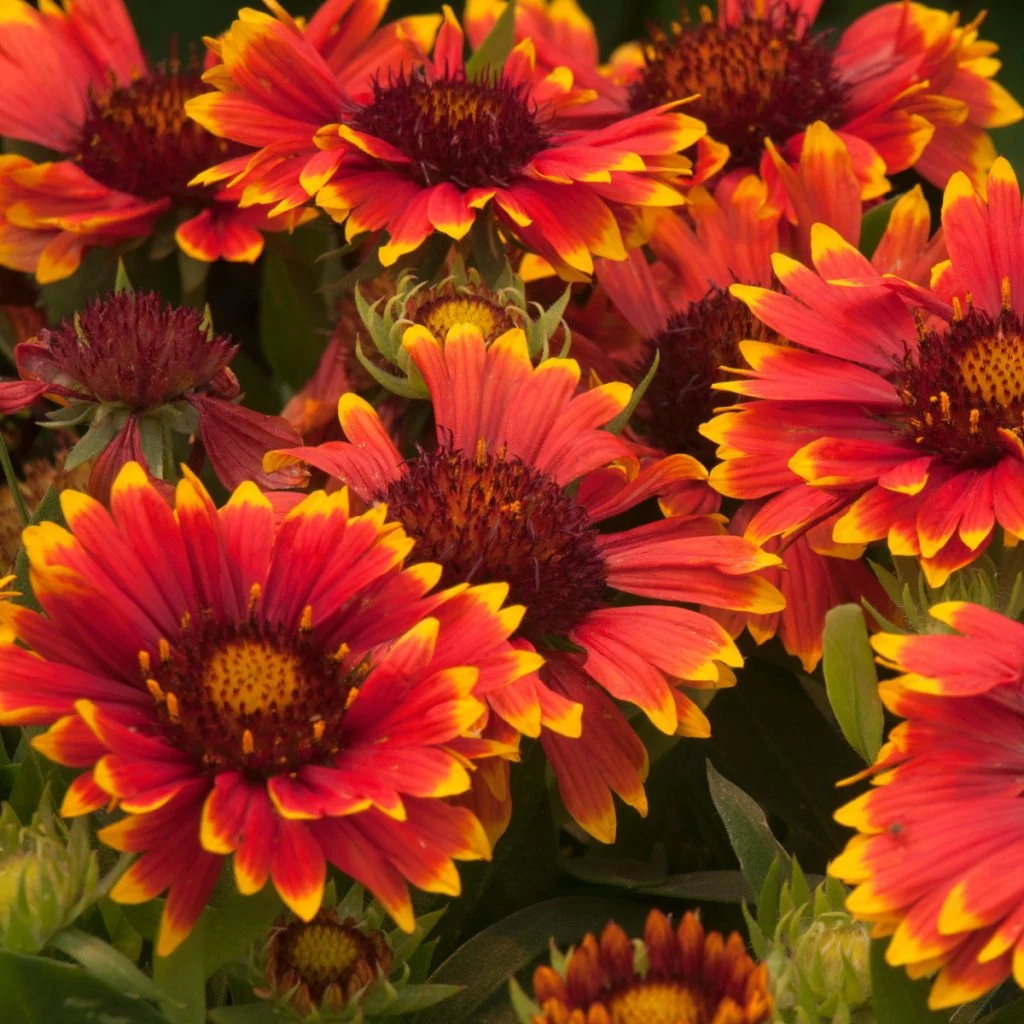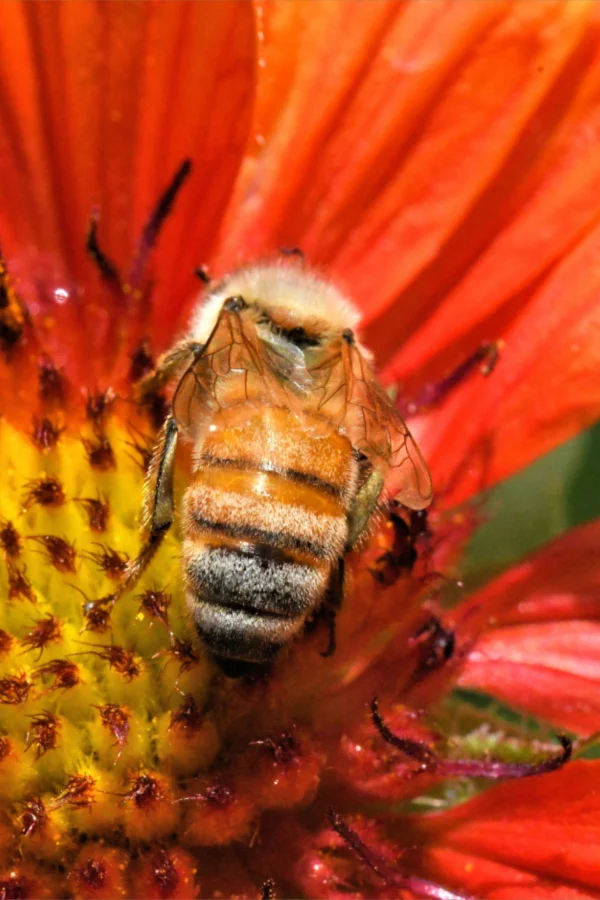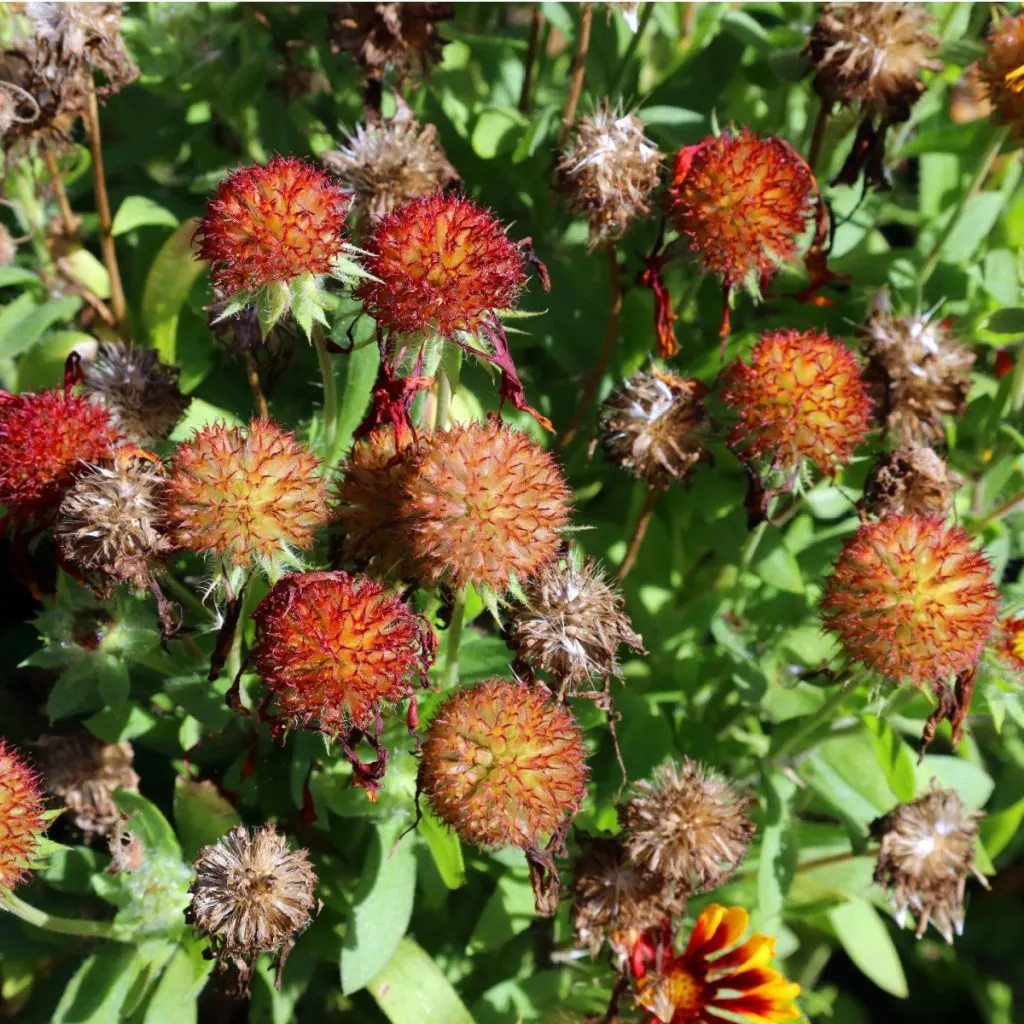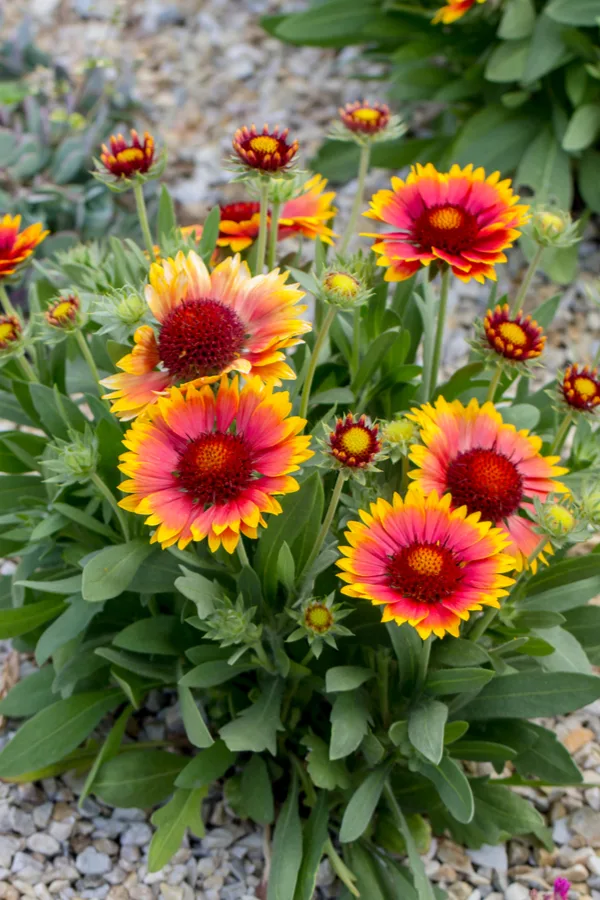If you are looking for the perfect everblooming perennial to plant and grow this year to keep your flowerbeds full of color – then look no further than blanketflower! This incredible perennial not only blooms bright, it can do so over and over again all summer and fall.
Blanketflower is a tough perennial that grows in all kinds of soil and climate conditions. It’s drought-tolerant, heat-resistant, and comes back year after year – often self seeding in the process.
With its daisy-like blooms in vivid shades of red, orange, yellow, and gold, blanketflower is one of the easiest ways to bring lasting color to your flowerbeds. But even better, it keeps flowering with very little work. In fact, with just a little care, this hardy perennial can bloom from late spring all the way into late fall.

Here’s a simple look at how to plant, grow, and care for blanketflower – and how to keep it blooming strong all season long.
Why You Need To Grow Blanketflower
What Makes Blanketflower So Special
One of the biggest reasons gardeners love blanketflower is because the plant blooms almost non-stop. Unlike many perennials that bloom for only a few short weeks, blanketflower can re-bloom again and again.
Each flower looks like a fiery burst of color, with petals that often fade from yellow tips to deep red or orange centers. Some varieties are single-colored, while others mix shades in unique and eye-catching ways.
But it’s not just their beauty that makes them shine. Blanketflower also attracts bees, butterflies, and other pollinators. That means they don’t just add color to your garden – they also help other plants around them by drawing in important visitors.
Last but not least, blanketflower even grows well in containers. That can give you perennial pots that bloom almost all summer for free every year! See: How To Create Stunning Containers & Potted Plants From Perennials – For Free.
The Ease Of Planting & Growing Blanketflower
Blanketflower can be planted from seed or transplants, but most gardeners choose to plant small starter plants from nurseries or garden centers in the spring. This gives the plant a head start and allows you to enjoy flowers sooner in the season. Affiliate Link: Clovers Garden Blanket Flower (Gaillardia) – Two (2) Live Plants

To plant successfully, it all starts with choosing a sunny location. Blanketflower loves the sun. In fact, they need at least six to eight hours of full sunlight each day to bloom their best. Without enough, they can grow leggy and produce fewer flowers.
The soil for blanketflower needs to be loose and drain well too. They don’t like wet feet, and soggy soil can cause their roots to rot. If your soil is heavy on the clay side, or tends to hold water, mix in some compost or sand to help with drainage.
When planting, dig a hole slightly larger than the root ball of your blanketflower. Set the plant in the hole, fill back in with soil, and press it down gently. Water well after planting to help the roots settle in.
If you’re planting multiple blanketflowers, space them about 12 to 18 inches apart. This gives them enough room to grow and allows air to circulate, which helps prevent disease.
Deadheading – The Key To Continuous Blooms
If there’s one simple task that keeps blanketflower blooming like crazy, it’s deadheading. Deadheading is the process of removing old or spent blooms – and for blanketflower, it’s a must!
When a flower starts to fade or dry out, it’s best to snip it off right at the base of the flower stem. Doing this tells the plant to stop putting energy into seed production and instead start producing more flowers.

When growing blanketflower, if you leave the old flowers on the plant, it will eventually stop blooming and focus its energy only on making seeds. But with regular deadheading, blanketflower will keep pushing out new blooms again and again.
It only takes a few minutes once a week to go around your plants and clip off the spent blooms. You can do this with your fingers or a pair of small garden shears. This simple step really does make a huge difference in how long and how strong your blanketflower will bloom each year.
Watering Tips When Growing Blanketflower
Although Blanketflower is drought-tolerant, that doesn’t mean it never needs water. When first planted, they need to be watered regularly to help their roots establish in the soil. Water them deeply every few days during the first few weeks after planting.
Once established, blanketflower prefers deep but infrequent watering. It’s better to water thoroughly once or twice a week than to sprinkle lightly every day. This encourages the roots to grow down deep, which helps the plant handle dry conditions better.
Be careful not to overwater. If the soil stays too wet, the roots can rot. A good rule of thumb is to let the top inch or two of soil dry out between watering sessions. During long hot spells in summer, you may need to water more often. But in general, these plants are tough and can survive with less water than most perennials.

Fertilizing Blanketflower
Another thing that makes growing blanketflower a breeze is that they don’t require heavy fertilizing to bloom. But with that said, giving them a little boost now and then can help them bloom better and grow stronger.
In early spring, add a bit of compost to the soil around the plant to give it a slow, natural feeding. Compost adds nutrients and improves the soil structure.
As the growing season begins, you can also use a balanced, all-purpose fertilizer once a month. Choose a mix with equal amounts of nitrogen, phosphorus, and potassium – something like a 10-10-10 or 12-12-12. Affiliate Link: Southern Ag All Purpose Granular Fertilizer 10-10-10, 5 LB
Avoid using high-nitrogen fertilizers, which can cause the plant to grow a lot of leaves but fewer flowers. Just like with watering, less is often more when it comes to fertilizing blanketflower. A little can go a long way.
Fall Care – How To Grow Blanketflower
As fall approaches, blanketflower begins to slow down its blooming. But there are still a few things you can do in late summer and early fall to help the plants finish strong – and get ready for next year.

Keep deadheading the blooms until they stop producing new flowers. This can often extend flowering into late fall, especially in warmer climates.
Once blooming has stopped, stop deadheading and allow the last round of blooms to go to seed. Leaving a few seed heads on the plant will not only provide seeds for next year, but can also give winter interest to your flowerbeds and provide food for birds.
In late fall, you can cut back blanketflower plants to about two or three inches above the ground. If you live in a colder area, add a light layer of mulch after the first frost to protect the crown of the plant. In warmer regions, the plant may stay green through much of the winter.
From attracting pollinators to providing color through the hottest months of the year, blanketflower is truly the perfect perennial to grow in your flowerbeds! For more low-maintenance perennials to fill your flowerbeds with beauty, be sure to check out: The Best Drought Resistant Perennials To Plant – Plant So You Never Have To Water!
Simple Garden Life
Follow Our Facebook Page For Even More Great Tips! Simple Garden Life Facebook Page
Simple Garden Life is a website dedicated to keeping gardening fun, simple and enjoyable! We publish two new articles each week along with a new garden podcast episode every two weeks. This article may contain affiliate links.
